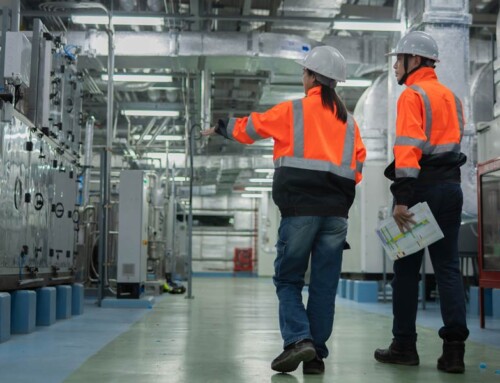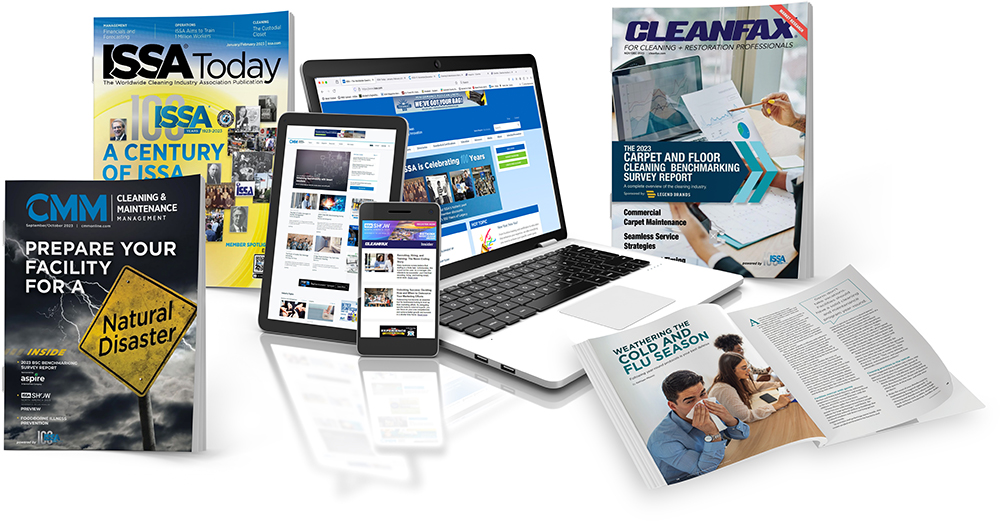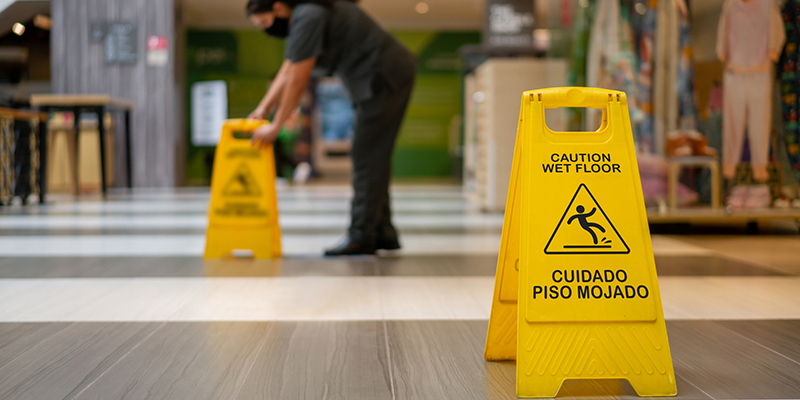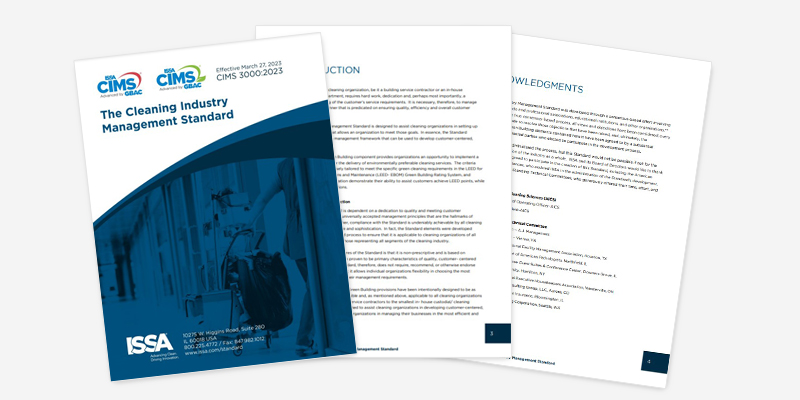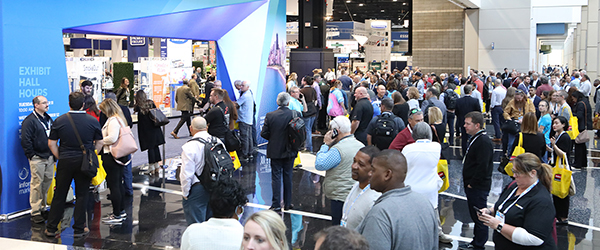IAQ HVAC: Improve Indoor Air Quality Through Smart HVAC Practices

IAQ (Indoor Air Quality) is a vital component of a healthy and productive environment—and your HVAC (Heating, Ventilation, and Air Conditioning) system is at the heart of it. In commercial buildings, schools, and facilities of all sizes, clean indoor air reduces illness, enhances comfort, and supports better overall well-being.
Want to understand the value behind clean air and well-maintained systems? Start with issa.com/value to see how healthy buildings deliver measurable impact.
What is IAQ and Why It Matters
IAQ refers to the quality of air inside a building. It’s affected by temperature, ventilation, humidity, and airborne pollutants such as dust, chemicals, and microbes. According to the U.S. EPA, poor indoor air contributes to health issues like allergies, headaches, fatigue, and even chronic respiratory conditions.
In workspaces, poor IAQ can also reduce employee focus and increase absenteeism—leading to decreased productivity and higher costs.
How HVAC Systems Impact IAQ
A building’s HVAC system directly influences IAQ by:
-
Controlling Ventilation
Good ventilation dilutes and removes indoor pollutants. HVAC systems that bring in outdoor air help flush out stale, contaminated air.
-
Filtering Contaminants
Filters trap airborne particles like dust, allergens, and pathogens. Using high-efficiency filters (like MERV 13 or higher) greatly improves air cleanliness.
-
Regulating Humidity
HVAC systems maintain balanced indoor humidity—ideally between 30%–50%. This reduces mold growth and discourages bacteria and dust mites.
-
Maintaining Airflow Balance
Proper airflow ensures that conditioned air circulates evenly throughout the building. Unbalanced systems may create “dead zones” with stagnant or polluted air.
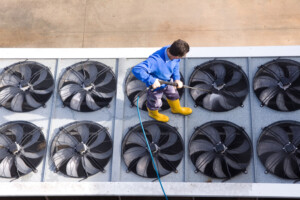
Best Practices to Optimize HVAC for IAQ
To enhance indoor air quality using your HVAC system, consider the following steps:
Upgrade Air Filters
Install higher-efficiency filters (MERV 13+), especially in healthcare, education, and high-occupancy environments. These filters capture finer particles like bacteria and viruses.
Replace Filters on Schedule
Dirty filters reduce airflow and let contaminants circulate. Check filters monthly and replace them every 1–3 months, or as recommended.
Clean Air Ducts
Over time, dust and mold can accumulate in ducts, then get redistributed throughout the building. Regular duct inspections and cleaning help prevent this.
Add Supplemental Air Purifiers
UV-C lights, HEPA units, or ionization systems can neutralize airborne germs and reduce VOCs (volatile organic compounds).
Check Ventilation Performance
Ensure your system is bringing in sufficient outdoor air and that exhaust systems are removing stale air. A qualified technician can perform airflow tests.
How IAQ Affects Building Performance
Improved IAQ isn’t just about comfort—it’s a strategic investment:
- Healthier Occupants: Reduces respiratory issues and infection spread
- Productivity Boost: Clean air supports mental clarity and alertness
- Operational Efficiency: Well-maintained HVAC systems consume less energy
- Stronger Reputation: Clean, fresh environments leave a positive impression on visitors and clients
According to a NIH study, improved IAQ can enhance cognitive performance by up to 61%.
Cleaning Professionals & HVAC: A Team Effort
Facility managers and cleaning teams can work hand-in-hand to spot and address IAQ concerns. For example, noticing dust buildup near vents may indicate filter problems. Similarly, cleaning routines should be aligned with HVAC maintenance to reduce pollutants at the source.
Want to see how your entire facility strategy can drive better performance? Visit issa.com/value to explore benchmarks, tools, and case studies that quantify cleaning’s ROI.
Final Thoughts
Your HVAC system is more than a comfort tool—it’s a key player in building health. Investing in HVAC maintenance and IAQ improvements is not only good for the people in your facility—it’s smart for your bottom line.
To explore how this ties into your cleaning and facility care strategy, check out issa.com/value.

